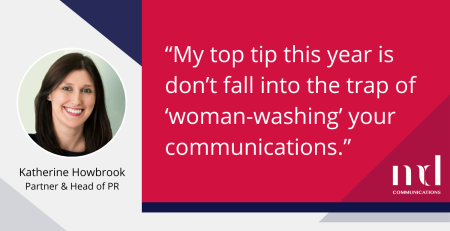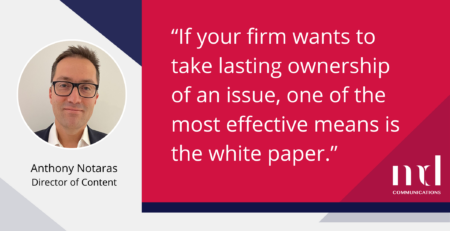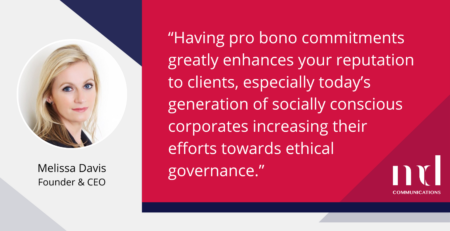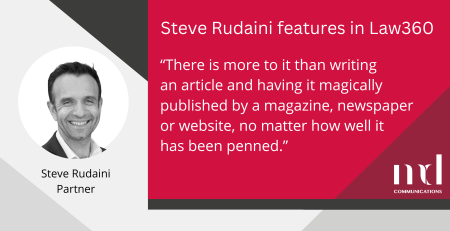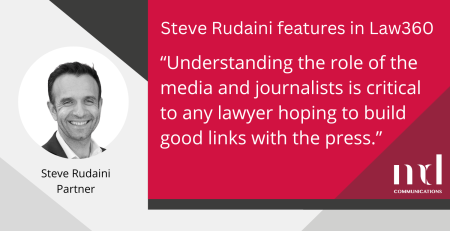The latest attempt by the ICAEW to have greater global presence and break into other markets through its support of Chartered Accountants Worldwide (CAW) highlights the difficulties professional bodies and accountancy firms, or any professional service provider, have in exporting their brand overseas.
While doing business in other markets has its challenges, building a reputation beyond familiar orders through brand, public relations and media is an even tougher challenge. The trick is to be a cross-market brand – rather than specific to one market.
Whether it’s the ICAEW or an accountancy firm, the aim of any entity attempting to build a name for itself is to win ‘clients’ – also known as customers, members, students – or even those with influence.
Throw into the mix the Global Accounting Alliance – which appears to be made up of the same bodies as the CAW – and you find yourself asking how the new ‘partnership’ fits with the old setup.
Those clients or audiences need clarity over who they are dealing with. Is it the ICAEW or an amalgamation of bodies with no clear lines of who does what? Joint working, or collaborations, especially cross-border, are confusing.
You can throw every penny you have at promotion but if the brand and name don’t work you have wasted your money.
Change name lose clients
A law firm in England once changed its name to something more modern, spending a lot on branding and PR, but it lost so many clients it had to revert back to its old name and remarket itself. The firm learned its lesson.
However, no one rule applies. In some markets a more modern sounding name and marketing strategy might work more than, say, ‘Ye Olde Davis & Sons Tax Accountants LLP’.
But you have to get it right, because nine times out of ten you play catch-up with already established competition.
Avoiding sub-optimal sub-brands
It’s not just about the name but how it’s marketed and promoted. Attempts at sub brands have been made market by market and sector by sector, which can work and allow firms to concentrate on establishing a particular identity in a specific market with out having to compromise the original brand, for example, Virgin Australia (formerly Virgin Blue). Even Tesco Express and Sainsbury’s Local cater for specific customers and have adapted their whole PR package to suit.
Many firms looking to break into new markets will buddy up with local firms in that market and share expertise. That’s fine to a point, but if a firm decides to progress and go it alone they need to back that up with a PR plan in that new market to establish their own identity.
That brings with it new challenges of how to handle the local media and client expectations. Joining up also raises the nightmare of two PR companies, strategies, brand names. There are way too many egos to keep happy. Keeping it simple pays dividends, complicating it leaves the customer, client or other stakeholder confused.
Communications is sometimes bottom of the list for accountancy and law firms, or other businesses looking to break into new markets, but it shouldn’t be underestimated how vital a communications plan, sitting alongside your business plan, really is.
You might provide the best audit on the planet and have worked out how you can operate in a new market without breaking local laws, but if no one knows about you it’s not much use.
I am sure the ICAEW will get there in time. But from the outside looking in, this whole new CAW looks muddled. To those involved, it might seem clear and I don’t doubt I will receive messages clarifying the arrangements, but that would strengthen my point – CAW needs clarity. A good brand backed by effective communications doesn’t need any explanation.
This blog first appeared in Accountancy Age on 13 May 2013.


